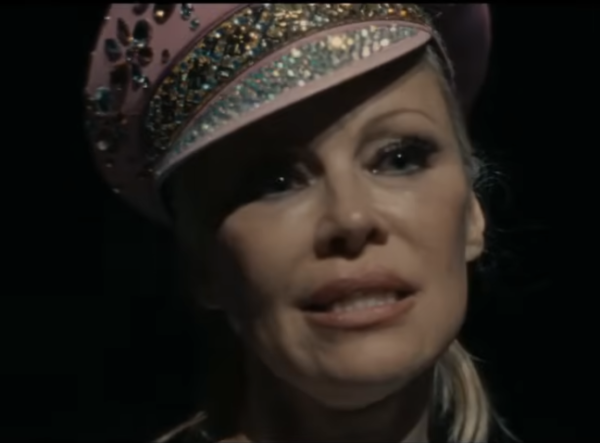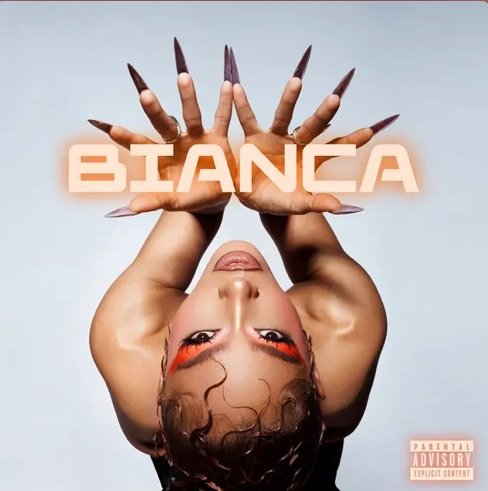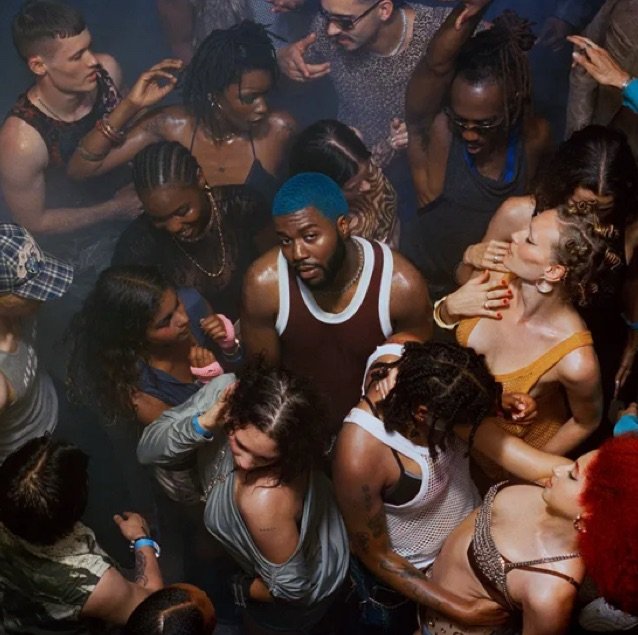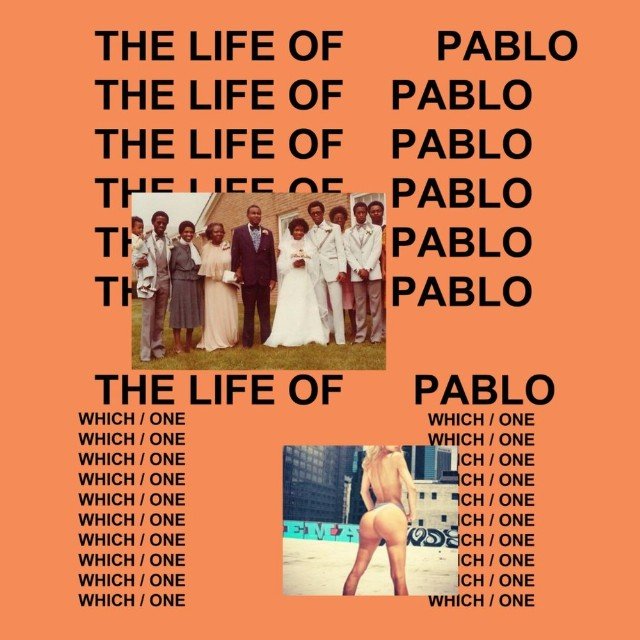
The opening shot of Gia Coppola’s The Last Showgirl is astonishing. Using a long lens, the camera lingers at the back of an empty Vegas venue, zoomed in on the stage alongside the single spotlight. The handheld camera’s slight shakes and shudders are made all the more pronounced by this staging. Accentuated by the spotlight and framed within the compressed view of the lens is Pamela Anderson as Shelly Gardner. She speaks to someone off-camera, and the context becomes clear: she’s auditioning for something, visibly anxious and defensive under the harsh, unflattering gaze cast upon her. In this moment, Anderson’s performance leaps palpably off the screen. It’s an incredibly well-crafted introduction to the film, the character, and the performance. By weaponizing the real-world metatextual context of Anderson’s public persona and repurposing it with precise craftsmanship in this single shot, The Last Showgirl communicates its themes with remarkable clarity.
And yet, opening the film with the brilliance of this moment comes at a tremendous cost to the film as a whole.
The story begins properly immediately after this scene and a brief title card, thrusting us into a routine night’s show for Anderson’s character, a dancer at Le Razzle Dazzle, the last of its kind on the Vegas strip. We quickly learn that Anderson’s character has been an established dancer at this show for three decades and is complacently content within the confines of this life. However, this opening shot conveys something entirely different—a portrait of a woman in crisis, a dancer feeling the noose of time tightening as she steps into the spotlight, hoping it won’t be for the last time. These themes, so powerfully communicated in the opening, are jarringly discarded as the story shifts gears, creating an almost whiplash-inducing dissonance.
This happens because the opening shot is actually a moment from much later in the film—it’s the climax, mere minutes before the credits roll. It’s easy to understand the impulse to start with such a captivating moment, but this choice undermines both the actual beginning of the story and the climax when we finally return to it. Presenting this moment of deep conflict at the outset counteracts what the opening should establish: a character trapped in a prison of her own making.
This dissonance between the opening and the rest of the film reflects a broader issue with The Last Showgirl.
Gia Coppola’s The Last Showgirl is, at its best, a thoughtful exploration of the passage of time, shifting cultural tastes, and the women left behind in their wake. The film boasts an impressive cast delivering fascinating performances—Jamie Lee Curtis, Dave Bautista, Brenda Song, Billie Lourd, and Jason Schwartzman all make appearances. Autumn Durald Arkapaw’s cinematography is stunning, as expected from her collaborations with Coppola and her rising status as a top-tier blockbuster cinematographer. Andrew Wyatt’s poignant, effervescent score is another standout. At its heart is Pamela Anderson, delivering a mold-breaking, perception-shattering lead performance that is frequently astounding.
However, the film feels less like a carefully orchestrated symphony of these strengths and more like a bag of marbles shaken up and let loose. At times, the marbles roll together harmoniously, creating stretches of the film that transcend the sum of their parts. But just as often, they clash, leaving a cluttered and jumbled result.
The film shines brightest when leaning into the vulnerability and open-hearted portrayal of Anderson’s performance. As the titular last showgirl, Coppola crafts moments that allow us to feel the years slipping past her, deepening her infatuation with the past. One standout sequence juxtaposes Anderson’s character dancing along to footage of old ballets in her makeshift, would-be glamorous home with her younger colleagues enjoying a flashy modern Vegas show. The melancholic score underscores the emotional contrast, highlighting the growing chasm between her nostalgic self-perception and reality. It’s beautifully executed.
Unfortunately, such powerful sequences are often undermined by overly explicit writing and dialogue. For instance, after the poignant montage described above, the script immediately follows with a scene where Anderson’s character argues with her fellow dancers about the very themes already conveyed through visuals and music. It feels redundant, bludgeoning the audience with information already presented far more effectively.
This tendency toward over-explanation weakens other elements, too, such as the relationship between Anderson’s character and Billie Lourd’s. While the audience’s understanding of their relationship evolves as truths are revealed, the relationship itself remains stagnant. When a pivotal conversation in the second act abruptly escalates emotional stakes, it feels unearned and undermines the storyline. These missteps even detract from the performances, including Anderson’s, which is a significant loss.
RGM GRADE
(C)
Overall, I liked The Last Showgirl quite a bit. Dave Bautista’s minimalist, stoic, and reserved performance works well as a foil to Anderson’s more openly emotional approach. The film features numerous montages—perhaps too many, one could argue—that make excellent use of the triptych of Anderson’s physical screen presence, Autumn Durald Arkapaw’s gorgeous cinematography, and Wyatt’s ethereal score, with a few sly nods to Francis Ford Coppola’s Vegas-set One From the Heart for good measure. I deeply respect the fact that Jamie Lee Curtis is in the most radically liberated and profoundly unhinged period of her career, fully committing to each new performance and finding such pathos in the eccentricities of her gonzo characters.
Ultimately, I found the film’s ending satisfying and cathartic, particularly in how it delivers a sense of closure while steadfastly refusing to resolve some of the story’s more difficult questions. However, I wish the storytelling had been leaner and more efficient. The Last Showgirl feels like a phenomenal short film that has been stretched to feature length, diluting its strength as a result.
Discover more from RATINGS GAME MUSIC
Subscribe to get the latest posts sent to your email.










